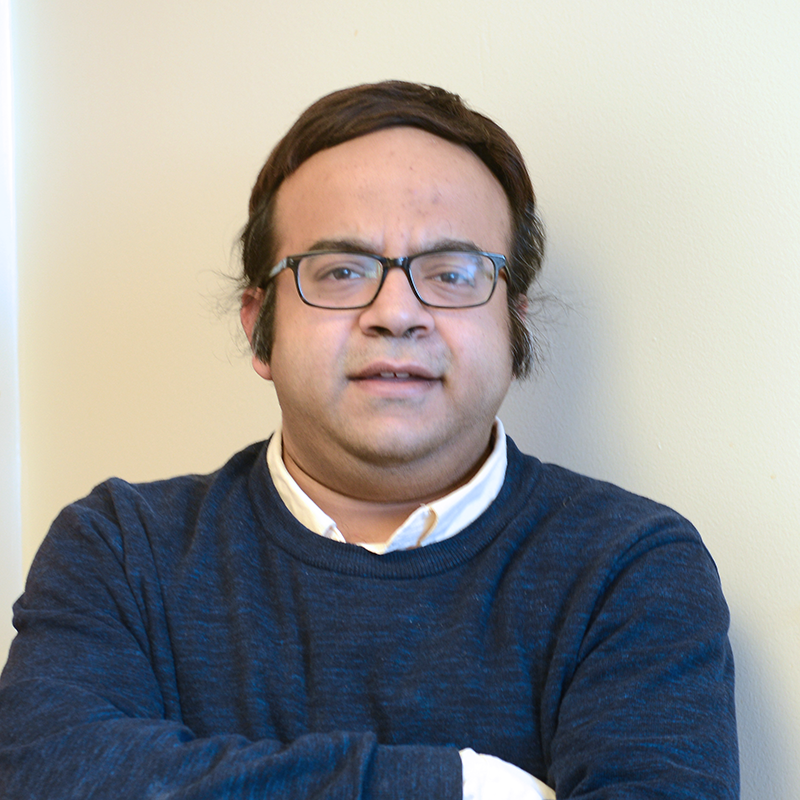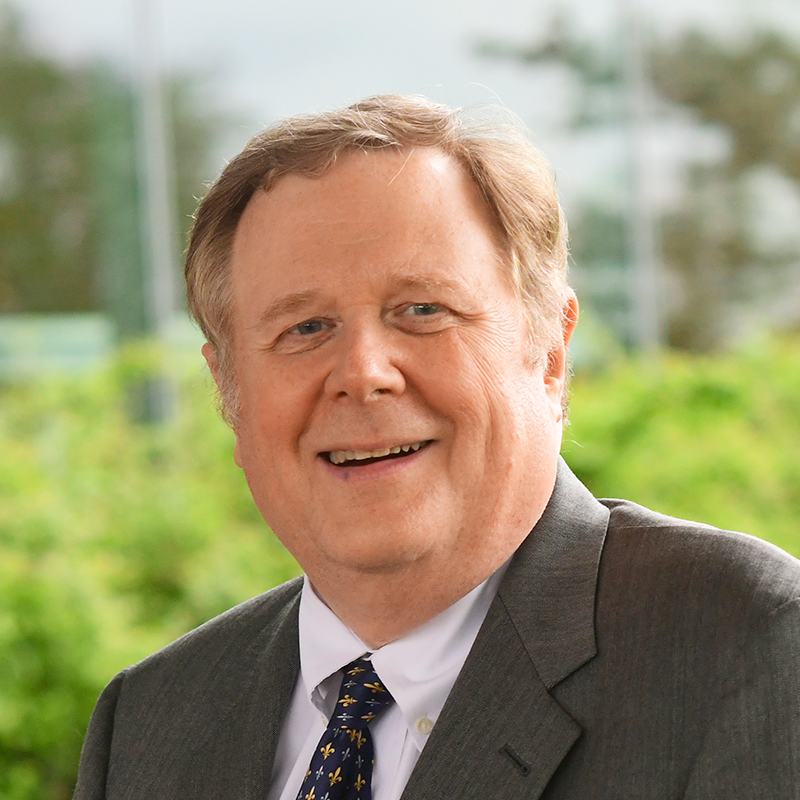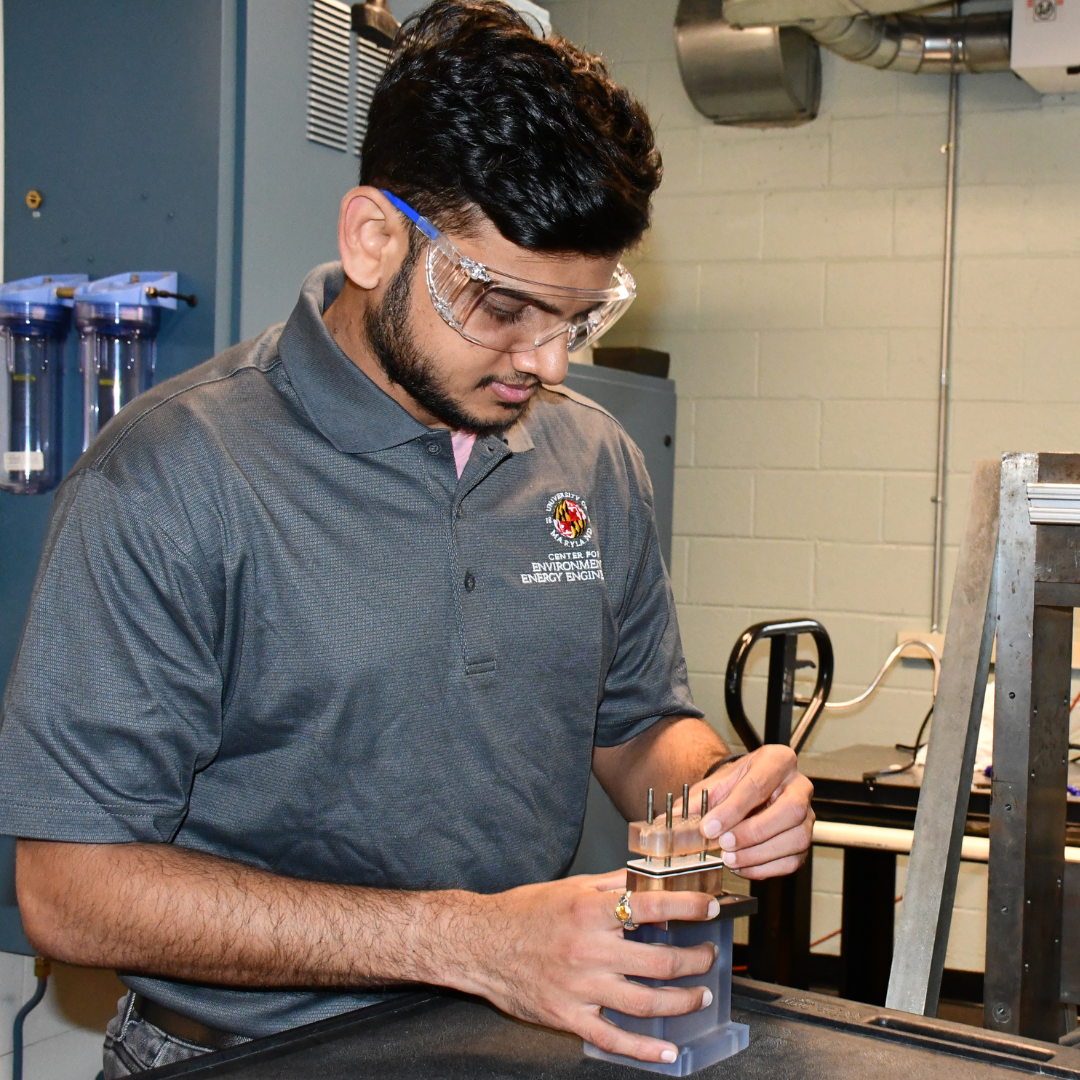News Story
S.K. Gupta Selected to Attend NAE'S Frontiers of Engineering Symposium
Associate Professor Satyandra K. Gupta has been selected among 84 of the nation's top young engineers to participate in the National Academy of Engineering's (NAE) eighth annual Frontiers of Engineering symposium. The three-day event will bring together engineers age 30 to 45 who are performing leading-edge engineering research and technical work. The participants—from industry, academia, and government—were nominated by fellow engineers or organizations and were chosen from a field of nearly 150 applicants.
"Frontiers of Engineering is a unique opportunity for outstanding young engineers from a variety of disciplines to meet one another and discuss cutting-edge topics in the field," said NAE President Wm. A. Wulf. "This symposium brings together talented individuals who represent the future leaders in engineering."
The symposium will be held Sept. 19-21, 2002 at the National Academies' Arnold and Mabel Beckman Center in Irvine, Calif., and will explore topics in chemical engineering, human factors engineering, nuclear energy, and quantum information technology. Andrew Viterbi, president of Viterbi Group and co-founder of Qualcomm, will be a featured speaker.
Frontiers of Engineering is funded by the National Academy of Engineering and government and corporate sponsors. This year's sponsors are the U.S. Department of Defense, the Defense Advanced Research Projects Agency, Microsoft Corp., Ford Motor Co., IBM Corp., and Cummins Engine Co.
The U.S. Frontiers of Engineering Symposium
The U.S. Frontiers of Engineering Symposium is a three-day meeting convened annually since 1995 by the National Academy of Engineering (NAE). The program brings together outstanding engineers (ages 30-45) from industry, academia, and government to discuss pioneering technical work and leading-edge research in various engineering fields and industry sectors. Frontiers of Engineering was initiated to provide an opportunity for top-notch engineers, early in their careers, to learn about cutting-edge developments in fields other than their own, thereby facilitating collaborative work and the transfer of new approaches and techniques across fields. Through both formal sessions and informal discussions, the meetings have proven an effective mechanism for the establishment of cross-disciplinary and cross-sector contacts among future engineering leaders.
Approximately 100 engineers attend each year's meeting, with about 45 percent from industry, 45 percent from academia, and 10 percent from government labs or other entities. Participants are invited to attend following a two-stage competitive selection process and must possess the following characteristics: be between the ages of 30 and 45; have demonstrated accomplishment in engineering research and technical work with recognizable contributions to advancing the frontiers of engineering; have potential to be future leaders in the U.S. engineering endeavor.
An organizing committee, consisting of distinguished engineers in the same age cohort and appointed by the President of NAE, is responsible for planning the symposium, including selecting topics and speakers. Topics covered at the meeting vary from year to year, with the constant being that presentations are on leading edge engineering developments. The topics at these meetings have included, among others: advances in materials and optics for medicine, the frontiers of virtual reality applied to high performance computing and communications; large-scale applications of microelectromechanical systems (MEMS); implant design and technology; air traffic control modeling; mechanics, control and applications of biomimetic robotic locomotion; engineering challenges of deregulating the electric grid; and nanoscale materials. Each talk is followed by ample time for questions and lively discussion of the material presented. In recent years, break-out sessions have been scheduled into the program to allow for smaller-group discussion of relevant engineering policy issues. A book containing extended summaries of presentations is published after the meeting and distributed widely.
In addition to the contacts established and maintained by individual participants, ongoing contact among Frontiers participants is supported through several mechanisms, including a Frontiers Website with a directory containing up-to-date contact and expertise information for all participants, an alumni newsletter, receipt by all alumni of each year's symposium publication, and invitation to serve as organizers or speakers of upcoming symposia.
The National Academy of Engineering
The National Academy of Engineering is an independent, nonprofit institution that serves as an adviser to government and the public on issues in engineering and technology. Its members consist of the nation's premier engineers, who are elected by their peers for their distinguished achievements. Established in 1964, NAE operates under the congressional charter granted to the National Academy of Sciences in 1863.
To read more about Frontiers of Engineering, visit the NAE Web site at www.nae.edu/frontiers.
Published July 3, 2002









